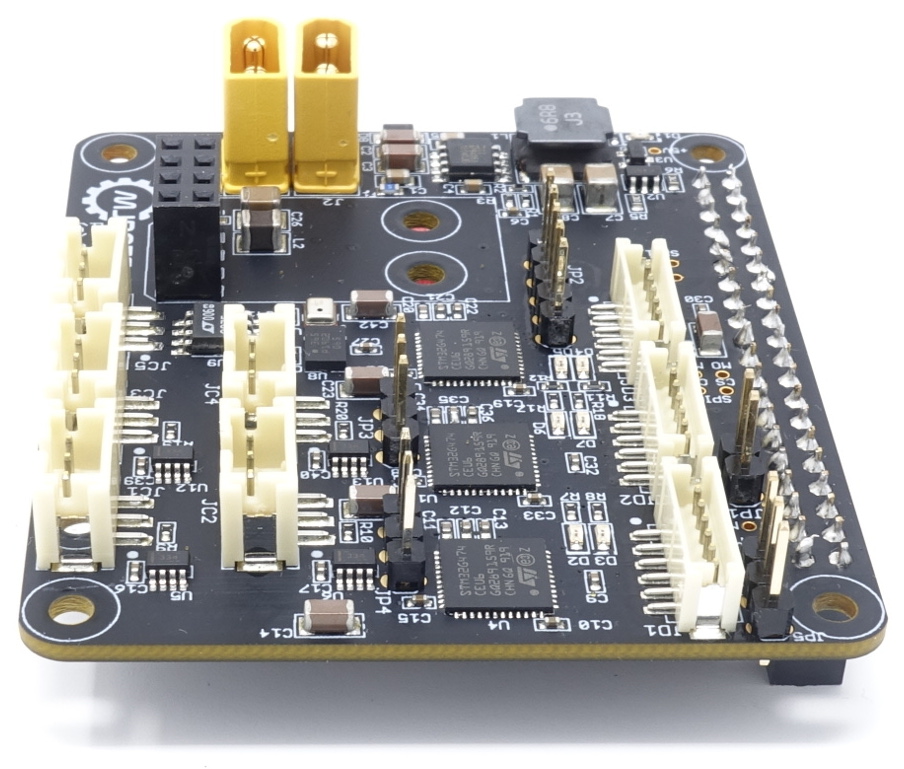Balancing on estimated terrain
Last time, I described my approach for estimating the terrain under the robot based on the inertial measurement unit and proprioceptive foot feedback. Now, I’ll cover how that is used to balance.
“R” Frame
First, let me explain the “R” or “robot” frame and how it is used. The frames I’ve discussed in this series so far are the “B” frame, which is rigidly attached to the center of the robot body, the “M” frame, which is located at the center of mass and level with the ground, and the “T” frame, which is under the robot and level with the current terrain.


